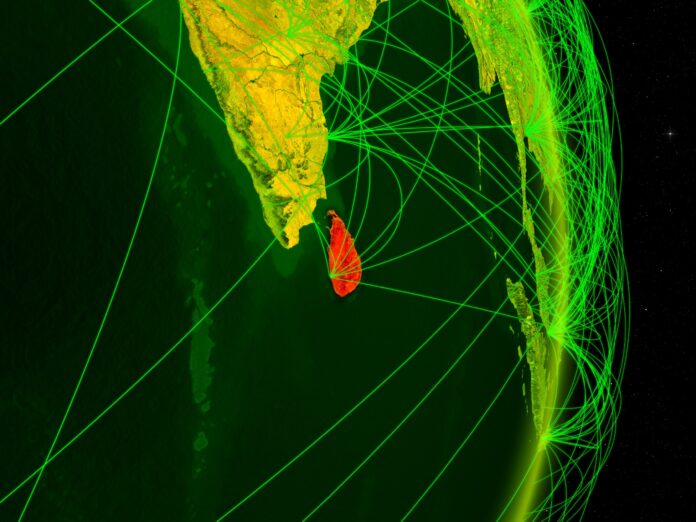Starlink owns about 60% of the approximately 7,500 satellites orbiting Earth
The Telecommunications Regulatory Commission of Sri Lanka (TRCSL) has issued a license to Starlink, the satellite unit of SpaceX, to provide the country with satellite broadband services.
Reports from Reuters revealed that Starlink had approached Sri Lanka in March with a proposal to set up operations. This development was made possible by a new telecommunications bill passed by the country’s parliament last month. The bill, which amended the law for the first time in 28 years, will “create a more competitive and fair market in the telecommunications sector,” according to the Parliament’s website. With a spot in Sri Lanka’s airspace won, Starlink will now have to pay a tariff for the license.
Satellite-to-device connectivity is opening up new opportunities to bring advanced and affordable communications to remote locations and close broadband coverage gaps. At the satellite industry’s flagship show in March, the emerging convergence between terrestrial cellular and satellite systems was described as the “Great Convergence.” And U.K.-based IoT analyst group Juniper Research predicted recently that the number of satellites in orbit that can be used for IoT connectivity will grow by 15% over the next five years. The forecast says the total number of satellites will grow from 10,000 in 2024 to more than 24,000 by 2029, with 15,000 IoT satellites expected to launch over a period of five years.
SpaceX’s Starlink is a big player in this burgeoning space. The company owns about 60% of the approximately 7,500 satellites orbiting Earth. In June, on the 14th anniversary of its Falcon 9 rocket’s first launch, the company put up 20 new satellites, 13 of which have direct-to-cellular capabilities. At the time, Michael Nicolls, VP of Starlink engineering at SpaceX, said that 26 satellites launched over the past month represent more than 8% of the satellites needed for initial direct-to-cellular service.

